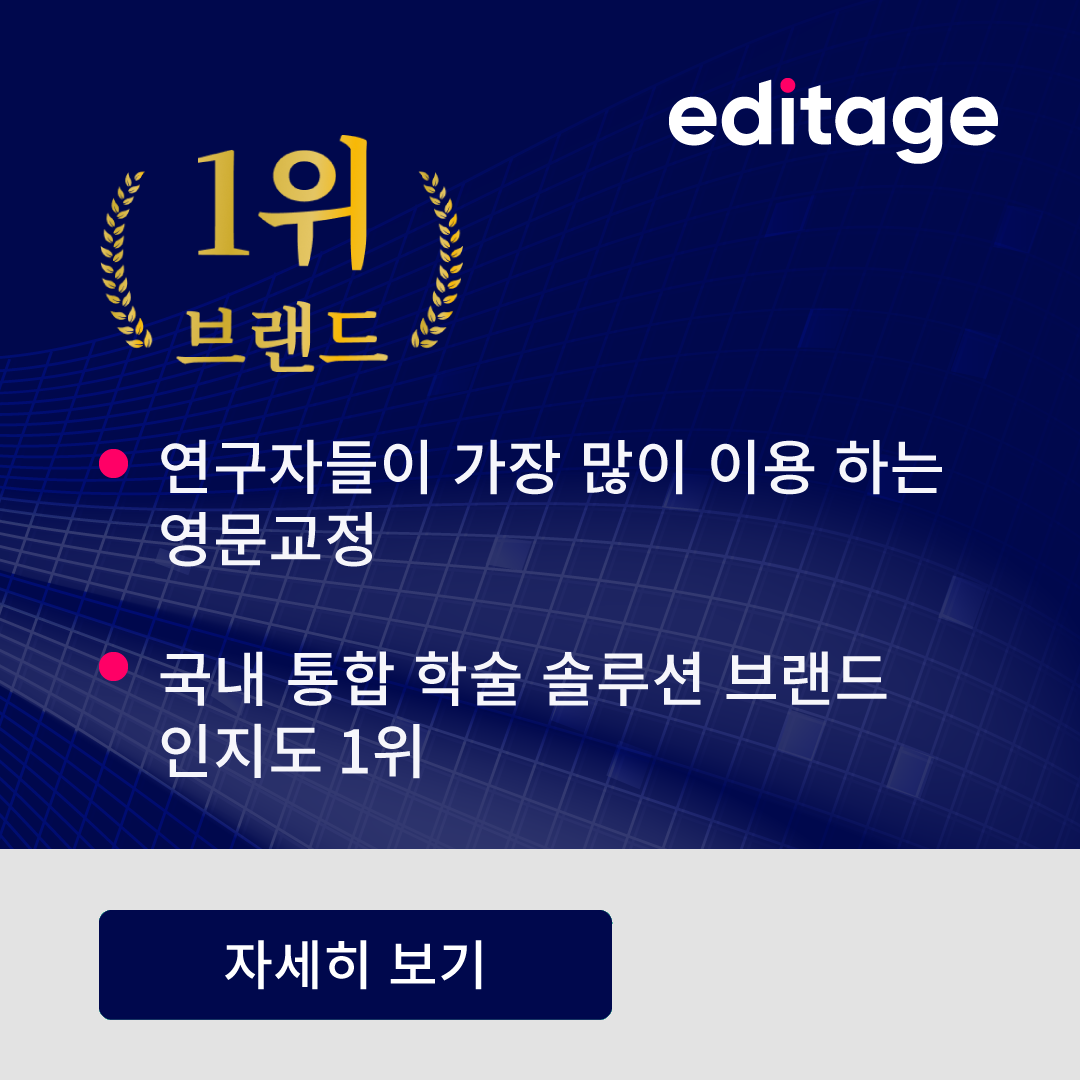The time taken from submission of a manuscript to acceptance for publication in a journal can vary considerably, ranging from a few months to 3-4 years. Why so long? Because manuscripts typically get rejected rather than accepted by the first journal they are submitted to. Indeed, it is not uncommon for a paper to be rejected up to 3 or 4 times before it is finally accepted by a journal.
Publication is often a matter of when, not if
3 million: number of manuscripts submitted to journals each year1
1.5 million: number of manuscripts that are then rejected by the journals1
95%: rejection rate of journals like Cell, Lancet, and Nature
62%: percentage of published papers in epidemiology that had been rejected at least once2
79%: percentage of manuscripts initially rejected by the journal Radiology but subsequently published within 3-4 years3
20%: percentage of papers published by top ecologists that were rejected at least once4
3-6 times: estimated number of times that manuscripts are submitted to journals before getting accepted for publication5
2 years: period within which at least 50% of manuscripts across disciplines were published after getting rejected by the first journal they were submitted to6
Any author wanting to get his/her paper published in a journal must factor in the possibility of rejection and accordingly prepare a publication schedule.
Given below are some of the major decisions/actions that authors should take while creating a publication schedule.
Decide the format of your paper
Should your paper be written up as a full-length original research article or a brief technical report? If you are in a hurry to have part of your findings published, even before you have completed the full study, then a rapid communication is the best option for publishing quickly. You should not try to write up your research in an unsuitable format just because you want to publish in a particular journal (e.g., don’t turn a case report into an original article just because the journal of your choice does not accept case reports).
Determine your journal strategy
You should create a list of at least 5 journals to submit your manuscript to. As explained above, there is a high chance that the paper will not get accepted by the first journal you submit to. You might need to consider various strategies while determining this list of journals. For example, is publishing in a prestigious journal your most important consideration? Then you might wish to try your luck with 3 prestigious journals before lowering the target for the last 2 journals. Or would you like to publish in a prestigious journal but cannot afford to risk waiting a year or two to publish? Then you might want to submit to a prestigious journal initially, but lower the target gradually; as you go down the list, pick journals where you have an increasingly higher likelihood of being accepted.
Ensure that you meet all the submission requirements of the target journal
Submission requirements vary across journals. For example, some journals may require only a single cover letter stating that all authors agree to publication, while others may require that all authors read and sign the journal’s authorship agreement form. Thus, it can take anywhere from a week to a month before you are ready to complete the submission of your paper to a journal. You should also factor in time to reformat the manuscript in accordance with the journal’s instructions for authors. When compiling your list of journals, try to ensure that the journals don’t have radically different formats for manuscripts. For example, if your paper is 5000 words in length, it is best to avoid journals that have a word count restriction of 3000 words.
Take advantage of pre-submission inquiries
Many journals let you submit an abstract or short summary to ask their opinion on whether the topic or research will be of interest to the journal. If your selected journal allows this option, take advantage of it. If the journal is not interested, it will save you loads of time in avoiding the entire submission process with that journal.
Determine next steps to be taken once you receive a decision from the journal
Scenario 2: The manuscript is rejected by the journal without peer review
In this scenario, the decision of the journal editor is likely to be communicated to you very quickly, sometimes as quickly as a day and typically in less than a month. If this happens, you have no option but to consider another journal. This is why it is important to keep a list of backup journals ready. Select the next journal on your list and immediately begin the submission process, without wasting time in between to look for another journal.
Scenario 2: Manuscript is rejected after peer review
Type 1: Conditional rejection
A conditional rejection is not bad news. It means that the journal is willing to reconsider the paper for publication if you follow the reviewers’ and editor’s suggestions. You have two options available: reject/ignore the changes suggested, or revise the manuscript on the basis of the reviewers’ comments. It is highly advisable to go with the second option (unless you fundamentally disagree with the reviewer), since the journal has already indicated its interest in the paper by asking you to resubmit. It will also be quicker because the journal is already familiar with your paper and may even decide to go ahead and publish it without another round of review.
Type 2: Outright rejection
After receiving an outright rejection, authors should ideally consider the reasons for rejection. Incorporating the reviewers’ and editor’s comments can increase the chances of publication in another journal. Indeed, one study did a case study of a journal and found that in the case of manuscripts rejected by the journals, those that were revised by the authors following reviewers’ suggestions were subsequently published in journals with higher impact factors than those that were not revised (they also found that some of the manuscripts took over 28 months to get published).7 If, however, reviewers identified a major flaw in the research, then the author would be well advised to devote some more time to improving the research before considering another journal, rather than waste time submitting the manuscript to one journal after another.
Scenario 3: Manuscript is accepted for publication
Congratulations! Most of your work is done. Be sure to provide thoughtful and well-reasoned responses to the reviewers’ comments, especially in the case of a conditional acceptance. And make sure you complete all the revisions, proofing, and figure production work that the journal requests on time, to avoid publication delays.
Planning
A recommended approach to creating a publication schedule is to work backwards from the target date of publication.
Figure: A mock schedule for publication planning. Target: Publish by end of 2012; Start date: September 1, 2011.

Of course, the times given above can vary widely. Peer review periods can be difficult to estimate. Further, a single author may well be able to revise the paper and prepare all submission requirements within a few days of receiving a journal decision. However, if you have 10 co-authors, it may take you a few months just to revise the paper.
Conclusion
Rejection rather than acceptance is the norm in academic publishing. But most papers end up getting published if the authors stay persistent. Authors should factor in time to submit their paper to more than one journal prior to publication. Plan well ahead! If you need a paper to be published in 2013, you should begin the journal submission process no later than January 2012.
- House of Commons Science and Technology Committee (2011). Peer review in scientific publications Vol 1. House of Commons: London, UK.
- Hall SA & Wilcox AJ (2007). The fate of epidemiologic manuscripts: A study of papers submitted to Epidemiology. Epidemiology 18(2):262–65.
- Khosla A, McDonald RJ, Bornmann L, and Kallmes DF (2011). Getting to yes: The fate of neuroradiology manuscripts rejected by Radiology over a 2-year period. Radiology 260:3-5; doi:10.1148/radiol.11110490.
- Schultz DM (2010). Rejection rates for journals publishing in the atmospheric sciences. Bulletin of the American Meteorological Society, 91(2), 231-243. doi: 10.1175/2009BAMS2908.1.
- Azar OH (2004). Rejections and the importance of first response times. International Journal of Social Economics, 31(3), 259-74. doi: 10.1108/03068290410518247.
- Woolley KL & Barron JP (2009). Handling manuscript rejection: Insights from evidence and experience. Chest, 135(2), 573-7. doi: 10.1378/chest.08-2007.
- Armstrong AW, Idriss SZ, Kimball AB, Bernhard JD (2008). Fate of manuscripts declined by the Journal of the American Academy of Dermatology. 58(4):632-5.











